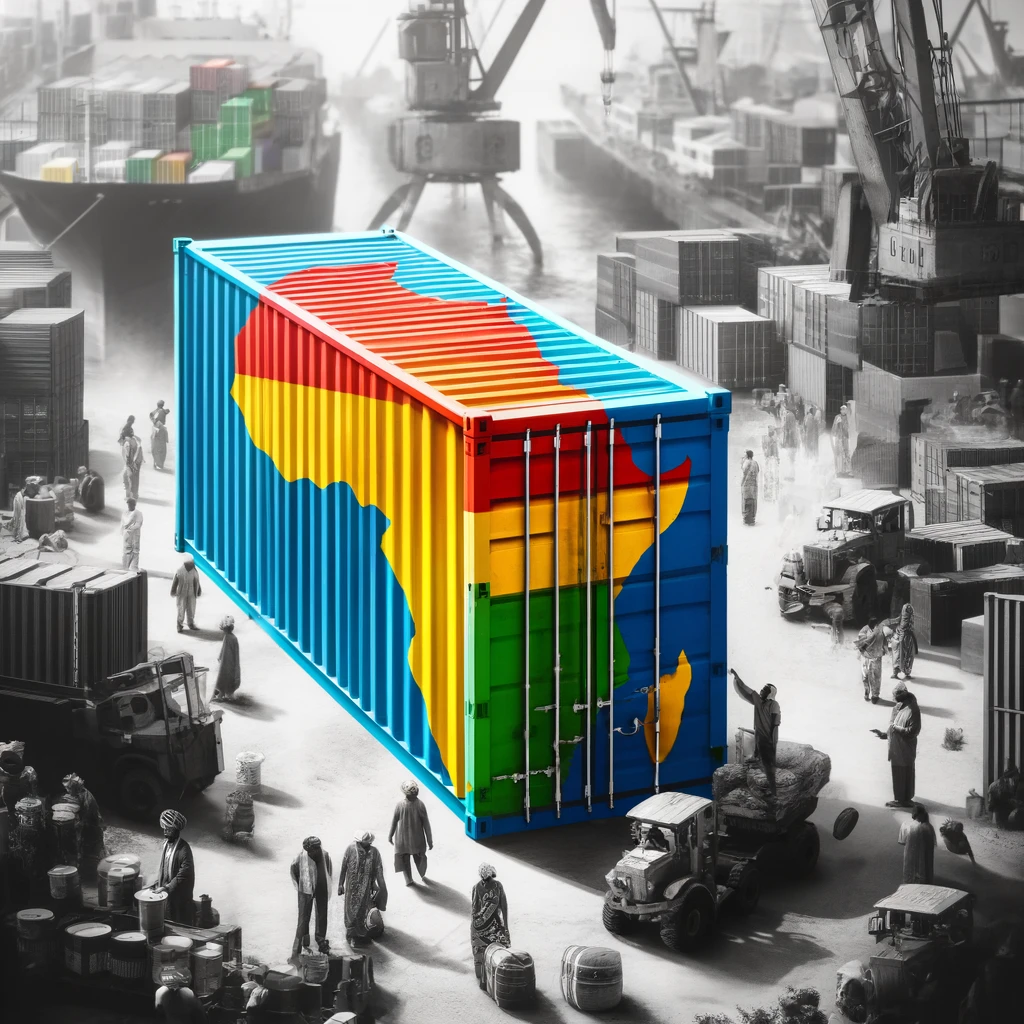
The African Continental Free Trade Area (AfCFTA) represents a significant stride toward economic integration across Africa, aiming to establish a single market that facilitates the free movement of people, goods, services, and investments across the continent.
With 55 member countries, encompassing 1.3 billion people and a combined GDP of $3.4 trillion, the AfCFTA has the potential to lift 30 million people out of extreme poverty and significantly boost the incomes of 68 million others living below the poverty line.
The agreement could catalyze profound economic transformation by reducing tariffs, streamlining customs procedures, and enhancing trade facilitation, potentially generating $292 billion of the anticipated $450 billion in income gains (World Bank)
AfCFTA Advantages
The advantages of the AfCFTA are multifaceted. It promises to enhance market access and economic integration, driving sustainable development and industrialization across the continent. By reducing trade costs and barriers, it allows for a broader variety of products to be available at lower prices, boosting the competitiveness of downstream producers. This, in turn, encourages the creation of regional value chains and can lead to economies of scale and improved firm efficiency over the long term. Additionally, the AfCFTA is expected to increase Africa’s exports to the rest of the world by 32% by 2035 and significantly boost foreign direct investment, fostering a shift from resource extraction to labor-intensive manufacturing and diversifying the sources of growth and exports (UNCTAD) (Brookings).
AfCFTA Challenges
However, the AfCFTA also faces significant challenges. One of the main concerns is the potential loss of tariff revenue, which could result in an uneven distribution of costs and benefits across member states. Adjusting to the new trade landscape may entail significant costs, particularly in the short term, as economies adapt to structural changes. There are fears that smaller firms may struggle to compete in a more integrated market, leading to market consolidation. Furthermore, the agreement’s success depends on the effective implementation of policy reforms and trade facilitation measures. Issues such as exchange control measures and the full integration of all African states, including those like Nigeria, Benin, and Eritrea, which have been slower to join, need to be addressed to realize the full potential of the free trade area (UNCTAD) (FurtherAfrica).
The AfCFTA presents a landmark opportunity for economic growth and integration across Africa, offering a path to alleviate poverty and enhance prosperity through increased trade and investment. However, realizing its full potential will require careful management of the challenges, including addressing tariff revenue losses, ensuring equitable benefits distribution, and implementing supportive policy and infrastructural reforms to facilitate smooth trade and economic activities across the continent.



Looking forward to reading more articles.